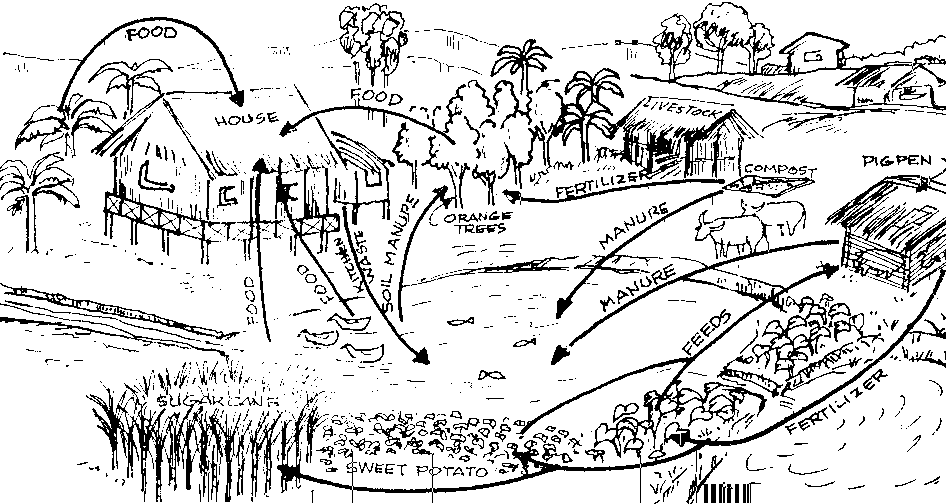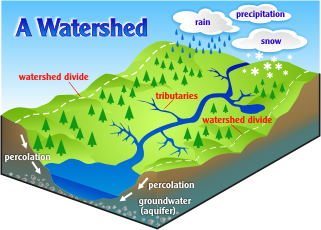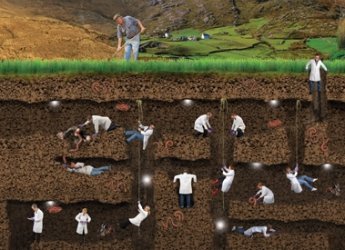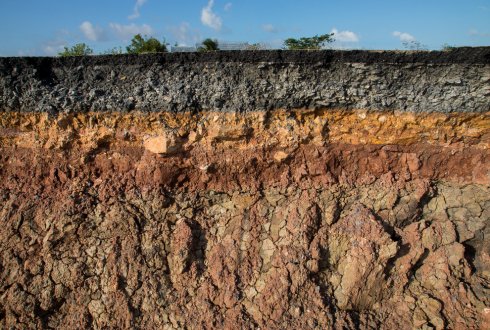Introduction
Adult education is one of the key components in agriculture extension service programs, designed for any farming community globally. This is because of the low literacy rate that exits in farming communities especially in the developing nations to make them competitive in farming operations. In the light of this, there are several functions of adult education in agriculture sector. These are categorized into three main functions. Following paragraphs will highlight the functions of adult education in agriculture sector.
Functions of Adult Education in Agriculture
Breaking Orthodoxy and Encouragement
First, out of three functions of adult education in agriculture is the linking of farmers with the innovations and technology of modern day agriculture. Field experience shows that it is hard to convince the farmers to change the way of old farming practices and to adapt to modern agricultural practices due to their risk aversive behavior.
Similarly applying new technology in farming is another issue for farmers due to illiteracy. So first and foremost function of adult education is to break the orthodoxy. They need to be convinced that adopting to change will bring economic fruits from farming. Encouragement is needed for all this process and it is more feasible to indigenize the modern technology so that farmers can understand it easily.
One think should be kept in mind that extension officer must use effective and dynamic extension techniques for transmitting information while involved in adult education in agriculture.
Bridge the Gap between Farmers and Research
Second function of adult education in agriculture extension is to bridge the gap between research carried out in research institutes and taking problems of farming community to the research institutes. For this purpose, the adult education officer or extension officer should have sound knowledge and grip over the topic which he is going to teach the farmers.
On the other hand, he should also understand the nature of technology which he is going to transfer to the adult farmers. Another function of adult education that is to be performed by the extension officer is to diagnose the reason of the problems faced by farmers at spot, and if possible, suggest the solutions immediately.
Skill Development in Farmers
Third function of adult education is to equip the farmers with the skills especially the managerial skills, so that they can play their productive role in commercial economy. These can be taught by trainings to the farmers by the adult education officer.
These functions of adult education in agriculture are most important in making the farmers successful.
Cite this Article in APA Style as:
[box type=”note” align=”aligncenter” ]Rahman, M. A. (2018, May 29). Functions of Adult Education in Agriculture [Blog Post]. Retrieved from http://aridagriculture.com/2018/05/29/functions-of-adult-education-in-agriculture/[/box]










